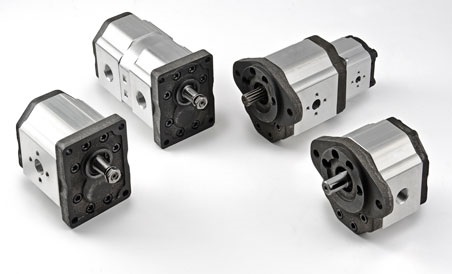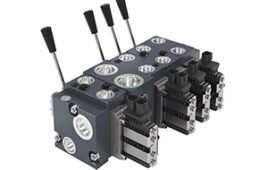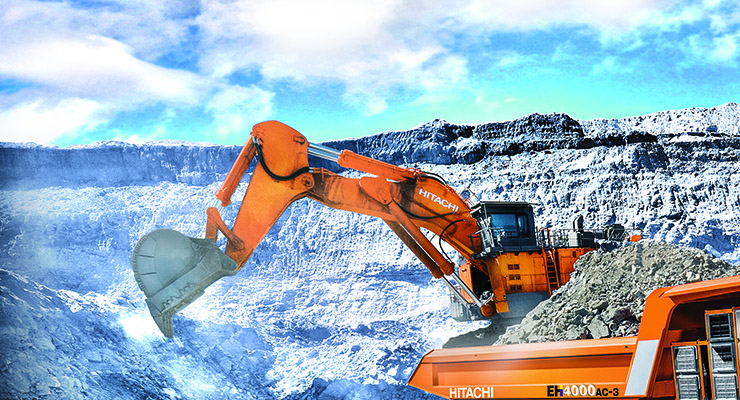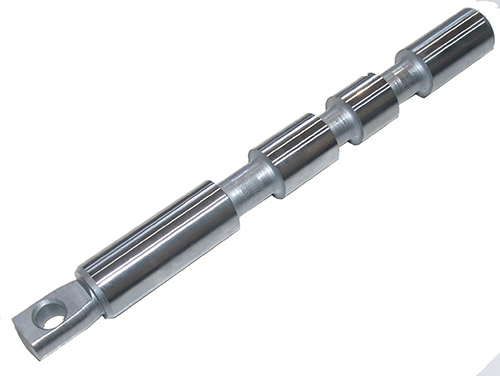 Hydraulic pumps are used in literally every single hydraulic power transmission system. A hydraulic pump is the device that converts mechanical energy into hydraulic energy, which is a combination of pressure and flow. A hydraulic pump can be any device that you can input force into to create pressure, which in turn creates flow.
Hydraulic pumps are used in literally every single hydraulic power transmission system. A hydraulic pump is the device that converts mechanical energy into hydraulic energy, which is a combination of pressure and flow. A hydraulic pump can be any device that you can input force into to create pressure, which in turn creates flow.
A basic hydraulic pump is the hand pump, which is used for any low power application where a prime mover is either too expensive or unavailable. A handpump can be used for auxiliary power, such as to release hydraulic brakes on a tractor-towed farm implement. Conversely, a handpump can be used as the primary hydraulic source, such as with hydraulic power tools or on benchtop hydraulic presses. Because the power input is low (most humans are incapable of achieving more than a tenth of a horsepower for more than a few seconds), handpump applications are very slow, although pressure can be 10,000 psi and greater.
Most hydraulic pumps have a mechanical input from an internal combustion engine or electric motor. These prime movers input their mechanical power to the hydraulic pump in a rotational fashion. The input shaft of the pump will be connected to gears, vanes or pistons of the hydraulic pump, where they will rotate or reciprocate to transfer pressure (force) to the hydraulic fluid. As long as the force (pressure) created by the pump is high enough, flow will occur at a rate dictated by the displacement volume of the pump and the speed at which it rotates.
Hydraulic pumps are used on every conceivable mobile or industrial hydraulic machine. Hydraulic pumps are used on excavators, cranes, loaders, tractors, vacuum trucks, forestry equipment, graders, dump trucks, mining machinery, etc. Mobile applications use hydraulic pumps more prolifically than do industrial machines, because electric actuators are generally not used for mobile machinery.
Hydraulic pumps are still widely used in industrial environments. Injection molding machines, presses (shear, stamping or bending etc), material handling, lifts, conveyors, mixers, forklifts, pallet jacks, foundries, steel mills, slitters, etc. The more severe the application, the more likely it will be powered by a hydraulic pump.
Filed Under: Mobile Hydraulic Tips




